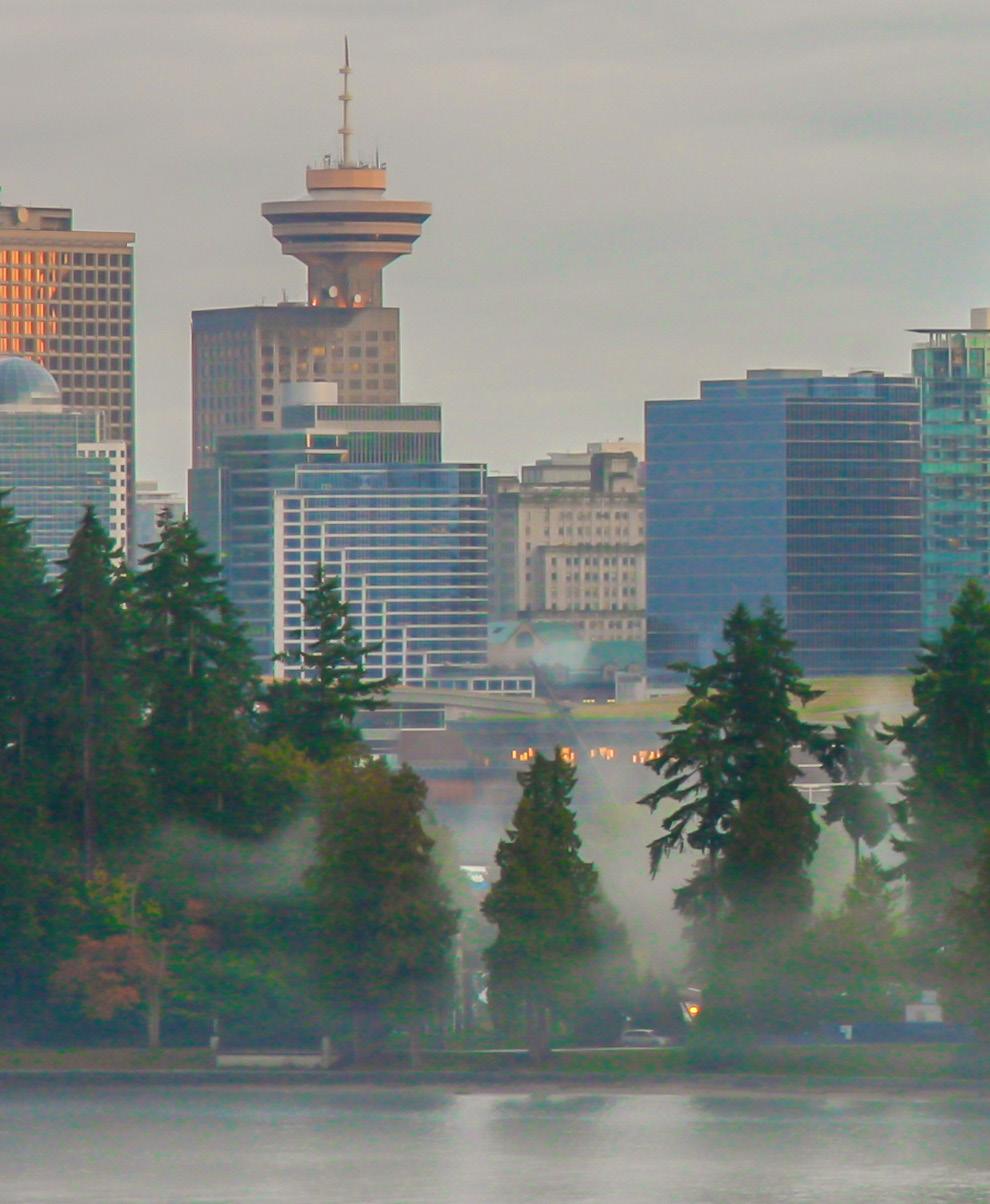
2 minute read
Dean’s message
By the year 2050, cities around the world will expand by a projected 2.5 billion people, according to the United Nations. With over 80% of the Canadian population currently living in urban settings, it should come as no surprise that the single-family homes that once dotted the landscape of cities like Vancouver are being replaced with towers and low-rise multi-family dwellings in an effort to build up rather than out.
While accelerated urbanization has made it possible to house a growing workforce within commutable distance to offices, recreation facilities and shops, this also comes at a cost, or at the very least a lot of questions. For example, how do we provide housing for this unrelenting wave of in-migration? How can we continue to provide meaningful nature-based experiences to an ever-increasing number of urban dwellers? And can we do this all in a way that supports the health and wellbeing of not only our planet, but all of its inhabitants?
Advertisement
In this edition of Branchlines – our Urban Issue – we try to tackle these and other questions by exploring how the worlds of forestry and urbanization have collided and led to the creation of burgeoning and fascinating fields, such as urban forestry and tall wood building design.
The importance of managing green spaces within our cities cannot be overstated. We know that trees in urban environments provide myriad social, environmental, health and economic benefits. Urban forests and green spaces make cities more livable by promoting recreation, social interaction and community-building. Their positive health benefits – both in terms of mental and physical wellbeing – are well documented. And they can be effective means of reducing air pollution, moderating water cycles and providing habitats for wildlife. Last but certainly not least, tree canopies help mediate the deleterious impacts of extreme weather events due to climate change.
Concrete, asphalt and densification have opened up a host of problems around managing climate change impacts, such as the creation of ‘heat islands’ during heat domes, and stormwater overflow during heavy rains. Urban green spaces can help mitigate some of these effects. Thanks to the advent of the urban forestry profession and mindset, more attention, funding and policy interventions are being directed to managing natural spaces in and around cities for their multiple values, uses and users. Given the sheer number of people who are or will be living in cities, an emphasis on urban greening makes good, common sense.
And it doesn’t need to end there. Tapping into the potential of low-carbon-emitting and renewable resources, such as forests, can help lead us down the right path to a greener, healthier and less energy-intensive future. In the face of climate change, the need has never been greater to build housing and services in the most sustainable and ecological way possible. As urban populations swell in the coming decades, we need to think outside the proverbial box. Mass timber engineered wood products and tall wood buildings provide one interesting and viable opportunity to meet both our need to sequester greenhouse gasses and provide high-quality living spaces.
We have come to a point where we have surpassed being passive characters in the story of our planet. We are now its authors. Our challenge is to see if we can continue to thrive without inflicting irreversible damage, not only to our natural spaces, but to our urban spaces, as well.
I hope you enjoy reading this issue as much as we enjoyed putting it together.
Please get in touch with me about this or any other issue at: rob.kozak@ubc.ca
All the best,
Rob Kozak (BSc ’88, PhD ‘96) Professor and Dean










